PESHAWAR: “Saudi sheikhs are dying for bair honey,” Maaz Khan says, smiling as he pours the treasured nectar into a plate for me to taste.
Maaz sells honey at Peshawar’s Tarnab Market, a building crammed with 700 corridor-thin shops, each claiming to sell the freshest produce of honey. Plastic and glass containers of all sizes feature different types of honey, including jujube (bair), acacia modesta (palusa), acacia nilotika (kikar), oregano (sperkai), peach blossom (shaftalo), orange blossom and sun-flower.
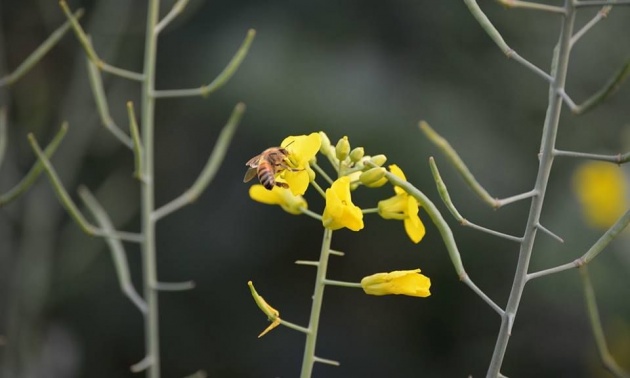
A honeybee collects nectar from a flower through its tongue that was later on used for honey production in the hive.
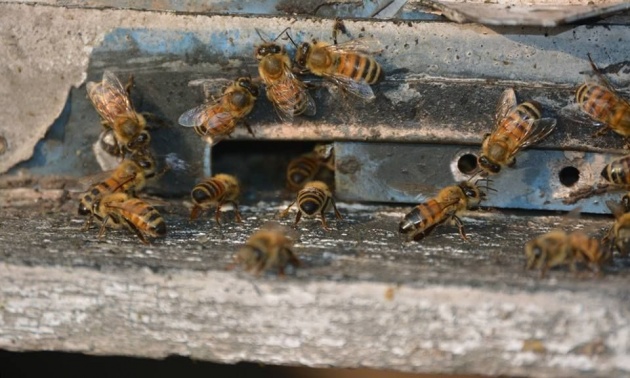 Average life span of a normal bee is 35-40 days while the queen bee lives up to a year.
Average life span of a normal bee is 35-40 days while the queen bee lives up to a year.
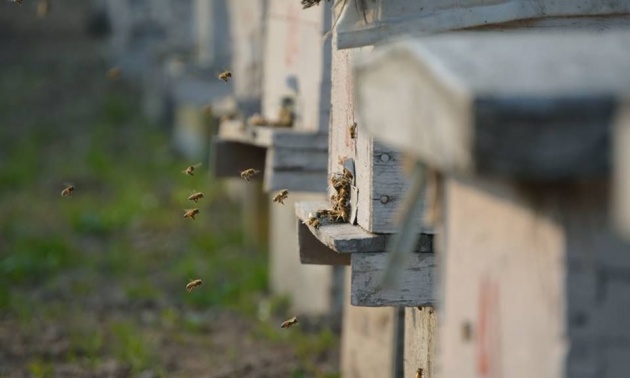 During the months of June and July, the bees are off-season and require 150 to 200 bags of sugar for food.
During the months of June and July, the bees are off-season and require 150 to 200 bags of sugar for food.
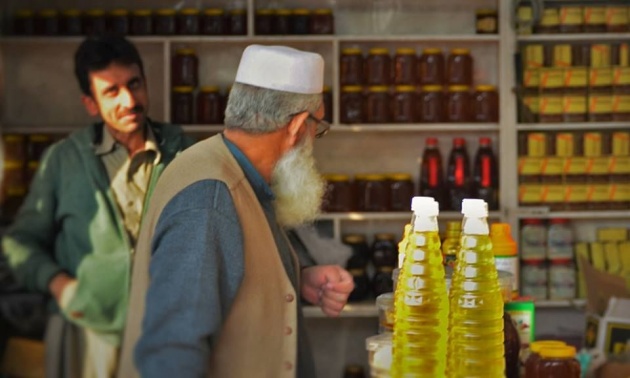 Maaz sells honey at Peshawar’s Tarnab Market, a building crammed with 700 corridor-thin shops, each claiming to sell the freshest produce of honey.
Maaz sells honey at Peshawar’s Tarnab Market, a building crammed with 700 corridor-thin shops, each claiming to sell the freshest produce of honey.
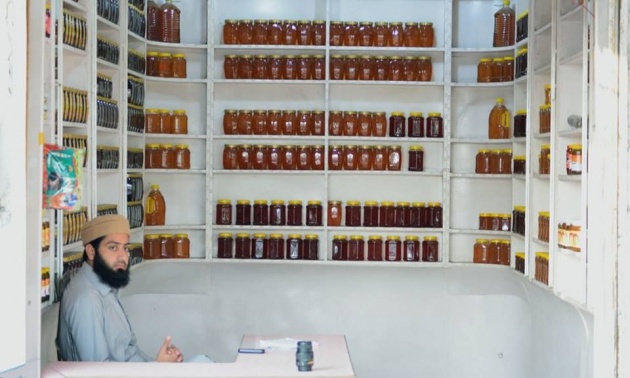
Today, over 75 per cent of the traders in the honey business are Afghan nationals residing in Peshawar.



